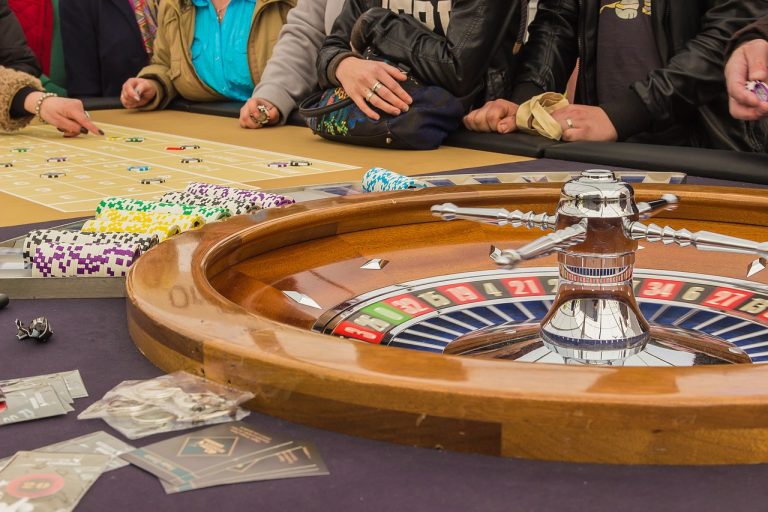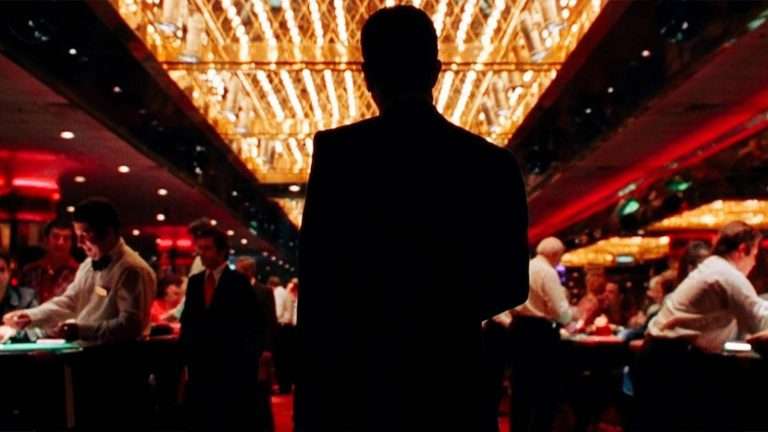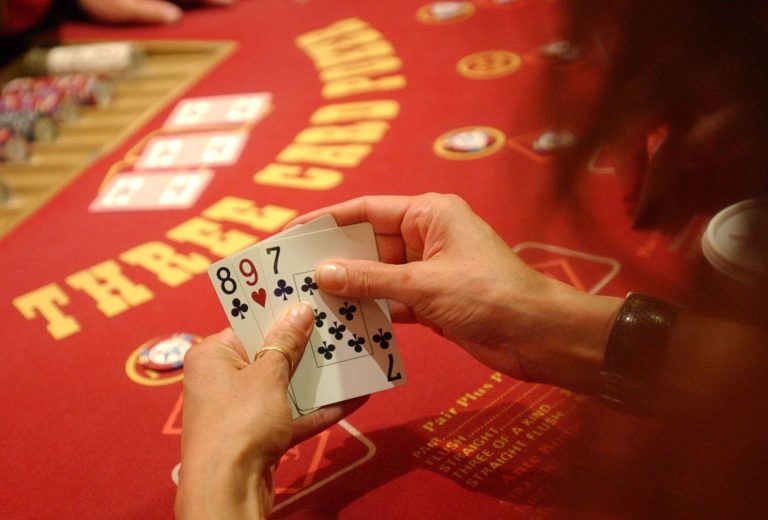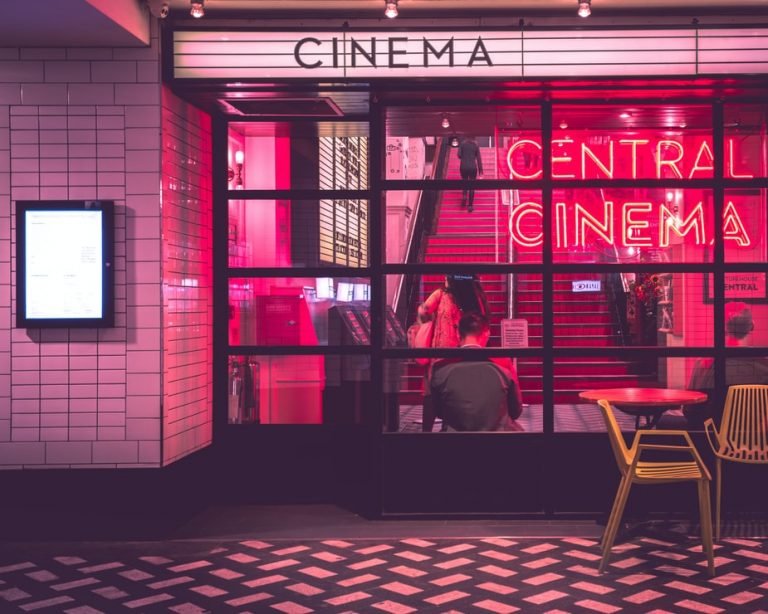The world of filmmaking continues to evolve, with directors pushing creative boundaries and experimenting with new ways to tell stories. Rather than focusing on individual films or actors, today’s cinematic landscape can be better understood by exploring the distinct styles directors bring to their projects and how these influence modern storytelling.
A key trend in contemporary directing is the increasing emphasis on personal storytelling. Many directors are gravitating towards narratives that reflect real-world experiences or emotional truths, often using subtle, character-driven approaches. These films tend to favour nuanced performances, minimalistic visuals, and introspective pacing, allowing the emotional core of the story to resonate more deeply with viewers.
Another stylistic trend is the rise of non-linear storytelling. Filmmakers are exploring timelines that jump between past and present or blend memory with reality to create layered experiences. This technique, once considered unconventional, is now widely embraced for its ability to challenge audiences and encourage more active engagement with the narrative.
Visual experimentation is also gaining traction. From carefully curated colour palettes to striking uses of light and shadow, many directors are treating every frame like a painting. These visual choices are not just aesthetic — they are central to storytelling. A shift in lighting, camera angle, or even set design can convey emotion or foreshadow a narrative twist without a single word of dialogue.
Directors are also integrating soundscapes and music in increasingly dynamic ways. While scores have always played an important role in film, many modern directors use sound as a narrative device — to reflect a character’s state of mind, emphasize disconnection, or highlight tension. These choices often deepen the viewer’s emotional investment and bring an added layer of realism to the experience.
In parallel to cinematic developments, audiences are also engaging with storytelling across a wider spectrum of entertainment — including digital formats. While watching a film remains a deeply immersive activity, interactive formats such as casino games online at Bally Casino have adopted some elements of modern cinematic style. Many now feature high-quality visuals, story arcs, and sound design influenced by film production, showing how narrative techniques can enhance engagement across mediums. These experiences are designed purely for entertainment and should always be enjoyed responsibly and in moderation.
Importantly, directors today are more diverse than ever before, both in background and in approach. This diversity is reflected in the stories being told and the perspectives being explored. Social issues, personal identity, and cultural heritage are now more prominently featured, with filmmakers embracing authenticity over formula.
As technology continues to shape what’s possible on screen, the role of the director remains central — not just as a storyteller, but as a visionary who balances creativity, technical precision, and emotional impact. Whether experimenting with form or grounding a story in everyday truth, modern directors continue to innovate and redefine what film can be.
This evolution of directorial style reflects a broader trend in entertainment: a shift toward more immersive, thoughtful experiences. From cinema to interactive content, the audience is no longer just watching — they’re being invited to feel, reflect, and engage in new and meaningful ways.






